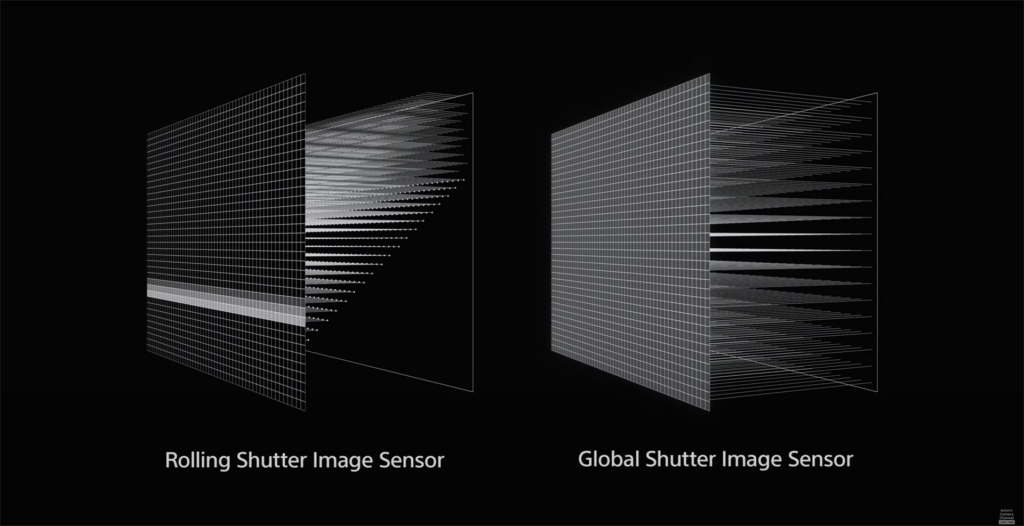
In the realm of advanced digital imaging technology, Sony’s latest offering, the a9 III, is making waves with its cutting-edge global shutter full-frame sensor. Boasting lightning-fast read speeds and exceptional motion and stills shooting capabilities, the a9 III is poised to compete for the title of the best Alpha camera for video content creation. However, standing in its path are formidable rivals, including the high-resolution a1 and the renowned workhorse a7S III. Let’s delve into this intriguing comparison.
Legacy of Innovation
Sony has a storied history of pioneering technological breakthroughs in the imaging industry. From introducing the world’s first full-frame mirrorless camera with the α7 in 2013 to incorporating a stacked CMOS sensor in the a9 in 2017, Sony has consistently pushed the boundaries of camera technology. The recent unveiling of the a9 III’s full-frame global shutter sensor reaffirms Sony’s commitment to innovation and technological advancement in the field of digital imaging.

The Power Trio: a1, a7S III, and the New a9 III
Within Sony’s comprehensive camera lineup, the a1, a7S III, and the new a9 III stand out as pillars of excellence in video production. Each camera in this trio offers unique features and functionalities that cater to diverse videography needs. Notable shared attributes include:
- Support for 4K recording up to 120p
- Internal 10-bit 4:2:2 recording at up to 600Mbps
- 16-bit RAW video output via HDMI
- Full-size HDMI-A port, 3.5mm jacks for microphones and headphones, and smart hot shoe connectivity
- In-body and electronic image stabilization options
- Dual card slots for CFExpress type A and SD UHS-II cards
Distinguishing Features
While sharing fundamental capabilities, each of these cameras possesses distinct advantages:
- The Sony a1 excels in resolution with its 50MP sensor, enabling 8K video recording at standard speeds and offering flexibility in 4K subsampling. However, this versatility may impact full-frame 4K sharpness.
- The a7S III stands out as an affordable option with its 12MP sensor, providing excellent 4K video quality and impressive high-ISO performance due to its larger pixels.
- The new a9 III shines in speed, thanks to its global shutter-enabled 24.6MP full-frame sensor. This unique feature allows for high-quality 6K oversampled 4K video at up to 60p and uncropped 4K at 120p, enhancing image clarity and motion capture capabilities.

Sensor Architectures
The diversity in sensor architectures among these cameras offers distinct advantages:
- The a1 utilizes a high-resolution 50MP sensor, balanced with a stacked CMOS design for enhanced readout speeds and performance.
- The a7S III’s lower-res 12MP sensor contributes to affordability and efficient readout, making it ideal for video applications without compromising quality.
- The a9 III’s global shutter design sets new standards in speed and eliminates distortions associated with traditional shutters, providing unparalleled motion capture capabilities.
Concluding Thoughts
While the a9 III boasts impressive features and cutting-edge technology for specialized applications, the choice of the best camera ultimately depends on individual videography needs. Whether capturing high-speed action, catering to diverse shooting scenarios, or prioritizing video efficiency, each camera in Sony’s Alpha lineup offers a unique set of capabilities to meet varying creative demands. AlphaAV also provides you with a comprehensive understanding of the device.








Профессиональный сервисный центр по ремонту бытовой техники с выездом на дом.
Мы предлагаем:сервис центры бытовой техники москва
Наши мастера оперативно устранят неисправности вашего устройства в сервисе или с выездом на дом!